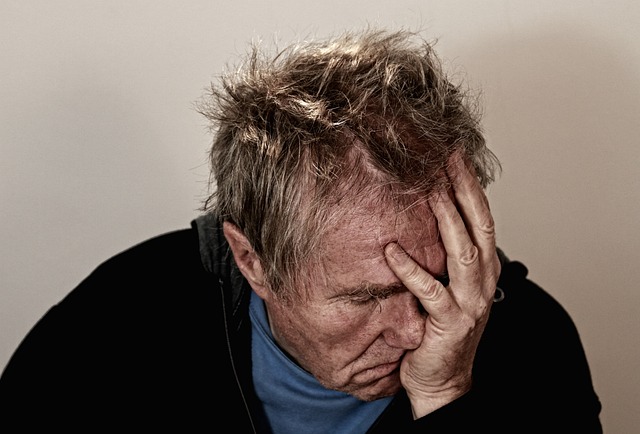The Overlooked Bond Between Social Injustice and Environmental Collapse
When we think about sexual violence, it’s often framed solely in terms of criminality, personal trauma, or gender dynamics. Rarely do we connect it to global environmental issues like deforestation and climate change. But beneath the surface, these issues are interconnected in ways that are both profound and alarming.
In many regions where deforestation is rampant—such as parts of the Amazon, Central Africa, and Southeast Asia—the dismantling of ecosystems goes hand-in-hand with social disruption. These are areas often rich in biodiversity but lacking in institutional oversight. Land is seized, trees fall, and as the forests disappear, so too do the protections for the most vulnerable members of society.
Deforestation: A Gateway to Exploitation
The invasion of pristine forest territories for logging, mining, and agribusiness frequently brings a surge of temporary labor camps and illegal settlements. These unregulated areas become breeding grounds for human rights abuses. Women and girls, particularly from Indigenous communities, are disproportionately at risk. As land is taken from these communities, so is their ability to sustain traditional livelihoods. Forced into economic dependency and social marginalization, they become far more vulnerable to sexual violence.
Indigenous leaders have long spoken out about this silent cost of environmental exploitation. Forests are not just carbon sinks or biodiversity havens; they are also social systems where balance and safety derive from community, tradition, and connection to the land. Deforestation strips away all of these, leaving behind a vacuum often filled with violence and exploitation.
How Climate Change Amplifies Suffering
Climate change is not just about rising temperatures and rising seas—it’s about rising inequality. As climate-related disasters become more frequent, displacement increases. Entire communities are forced to migrate in search of food, water, and shelter. In such dire circumstances, women and children again face increased risks of trafficking and sexual violence.
Moreover, the breakdown of ecosystems and local economies due to climate shifts often leads women to spend even more time collecting basic necessities like water or firewood. Each journey away from their communities exposes them to the threat of violence, especially in degraded and deforested landscapes.
Creating a More Just and Sustainable Future
Understanding the connection between sexual violence, deforestation and climate change forces us to look beyond the numbers and statistics. It requires us to see the human cost of environmental destruction, the lived experiences of those who endure violence as a result of ecological collapse. Social justice and environmental justice are not separate battles; they are two sides of the same coin.
Changing our approach to climate action demands that we center the voices of women, especially Indigenous women, in our solutions. Protecting forests means more than saving trees—it means protecting lives, dignity, and futures. It’s time to restore both our ecosystems and the human rights they shelter.




